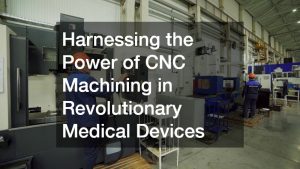The world of design is changing. The design industry is no exception, with technology shaping one’s life in unprecedented ways. Adobe generative AI is at the forefront of this change, transforming how one views and creates content. But what does this mean for creators and their craft?
1. A New Era in Creative Software
For many years, Adobe has been a trusted name in creative software. Professionals and hobbyists have relied on their tools to bring visions to life. With the introduction of Adobe generative AI, a new dimension has been added to the mix. This AI technology doesn’t just aid creators; it partners with them, offering new ways to think about and craft designs. Adobe’s move into the world of generative AI represents a significant shift in the creative software landscape, empowering designers with cutting-edge tools that push the boundaries of what’s possible.
2. Turning Ideas into Reality
One of the most exciting aspects of Adobe’s AI is its ability to take vague concepts and turn them into tangible designs. Imagine giving a rough idea or a feeling, and the software crafts it into a visual masterpiece. This intuitive creation is a game-changer, especially when ideas are plentiful, but the exact vision is hard to pin down. Adobe’s generative AI empowers designers to bridge the gap between imagination and execution effortlessly, resulting in more innovative and visually stunning designs.
3. Time-saving and Efficiency Boost
Design work can be time-consuming. The process can take hours, if not days, from brainstorming to final edits. Adobe’s generative AI steps in to streamline this. By taking over some initial design stages, designers can jump into refining and personalizing, cutting down on time spent and ensuring a more efficient workflow. Adobe’s AI integration is a valuable time-saving tool that allows designers to focus on the creative aspects of their work, making the design process smoother and more productive.
4. Evolving with Every Project
The beauty of AI is its capacity to learn. Adobe’s tools learn from every project they’re involved in, picking up on user preferences, current design trends, and more. This ensures the software is always up-to-date, offering the latest design capabilities. With Adobe’s generative AI, designers benefit from a continuously evolving toolset, staying ahead of design trends and delivering cutting-edge work with every project.
5. Embracing Collaboration in New Ways
Adobe Firefly states, “Generative AI is a type of artificial intelligence that can translate ordinary words and other inputs into extraordinary results. While the conversation around this technology has centered on AI image and art generation, generative AI can do much more than generate static images from text prompts.”
Collaboration has always been a crucial aspect of design. With Adobe’s AI integration, this collaboration extends to machine partnership. The software acts as a design partner, offering input, crafting initial versions, and more. Furthermore, its cloud-based nature allows for easy sharing and teamwork among human designers, no matter where they are. Adobe’s AI-driven collaboration tools redefine how designers work together, promoting innovation and efficiency in the design process.
Adobe’s venture into AI integration in the realm of design is not just a tech advancement; it’s a paradigm shift. The blend of human creativity with the precision and capabilities of AI is opening doors to realms of possibilities in content creation. As one steps into the future of design, one thing is clear: with tools like generative AI, the sky’s the limit, and the creative landscape is set to undergo a profound transformation.




